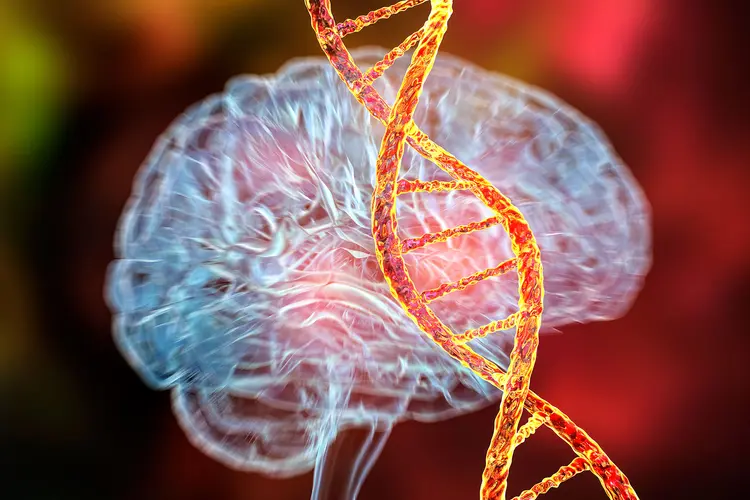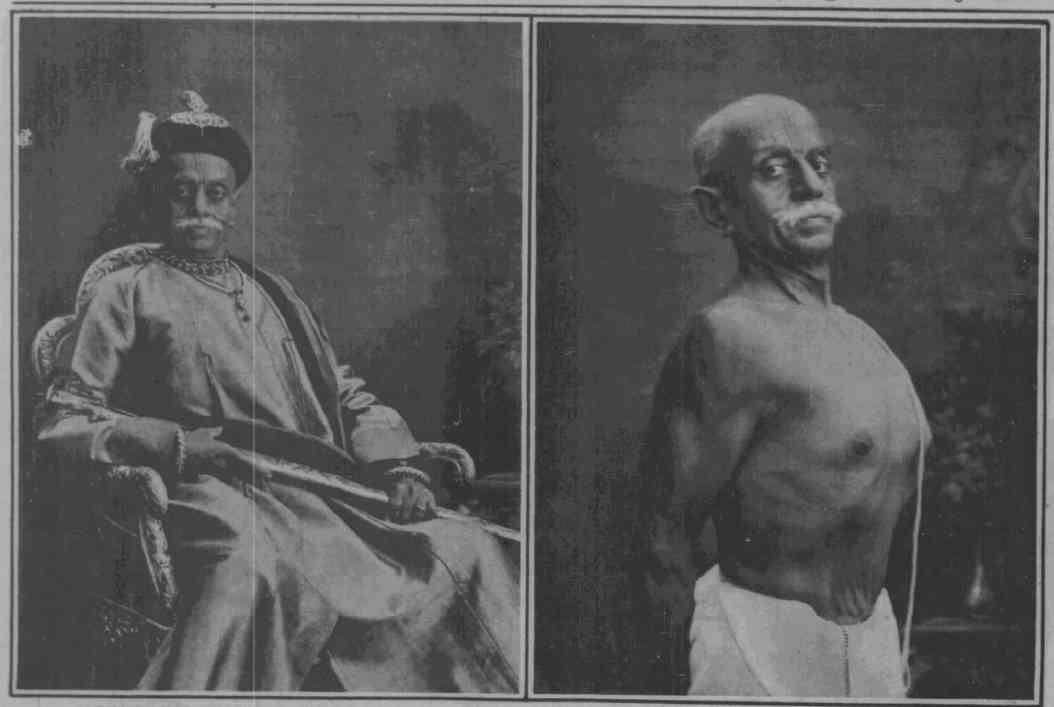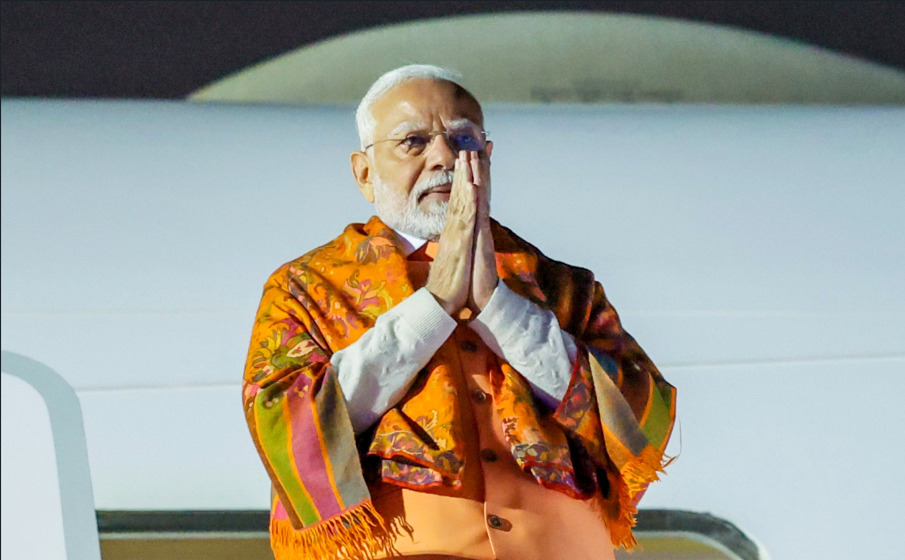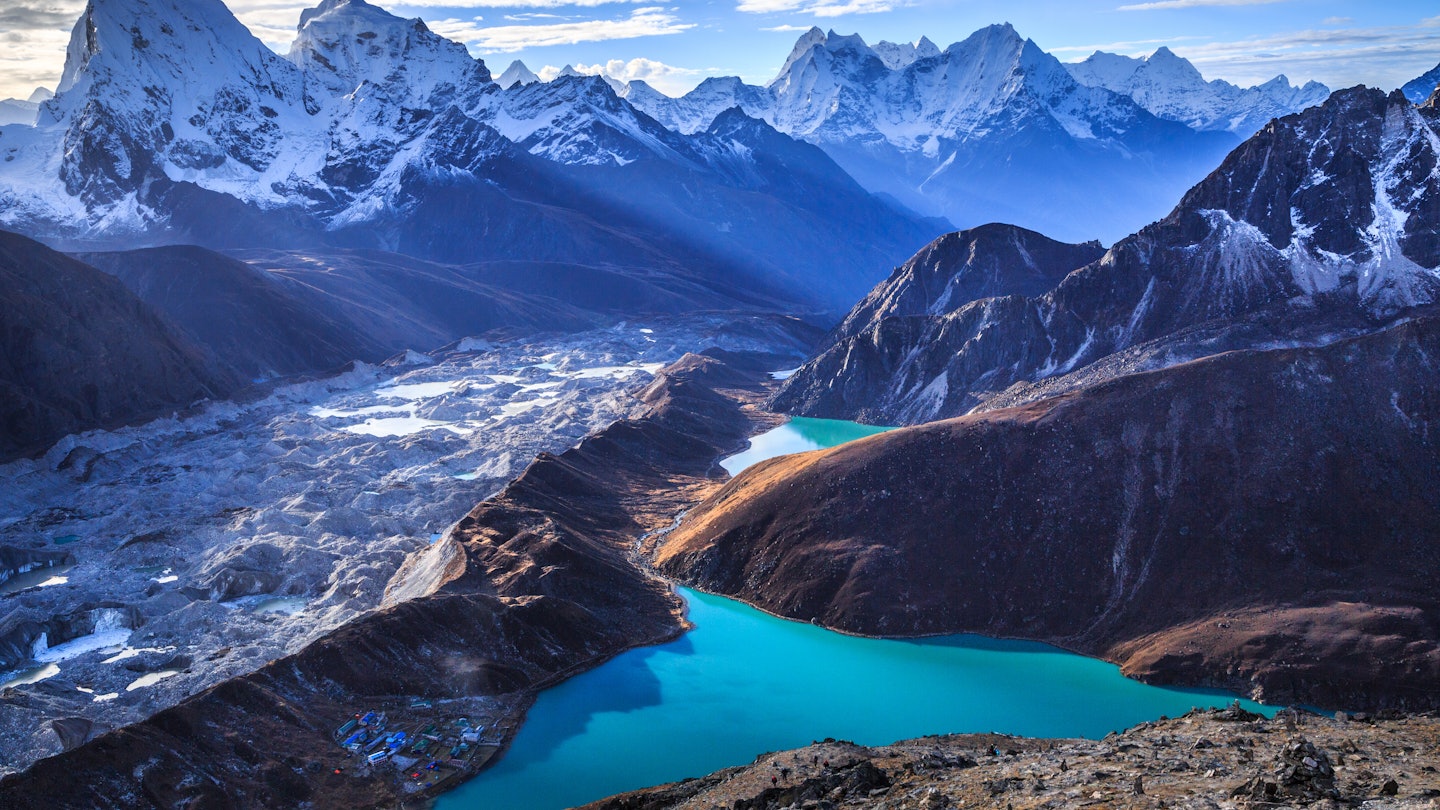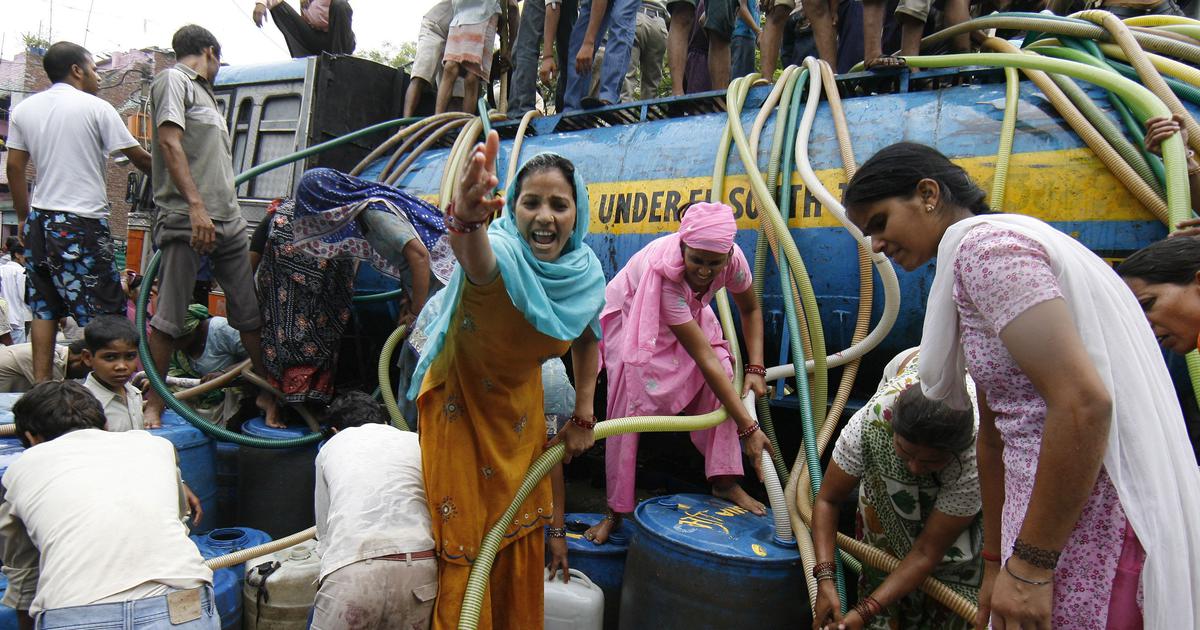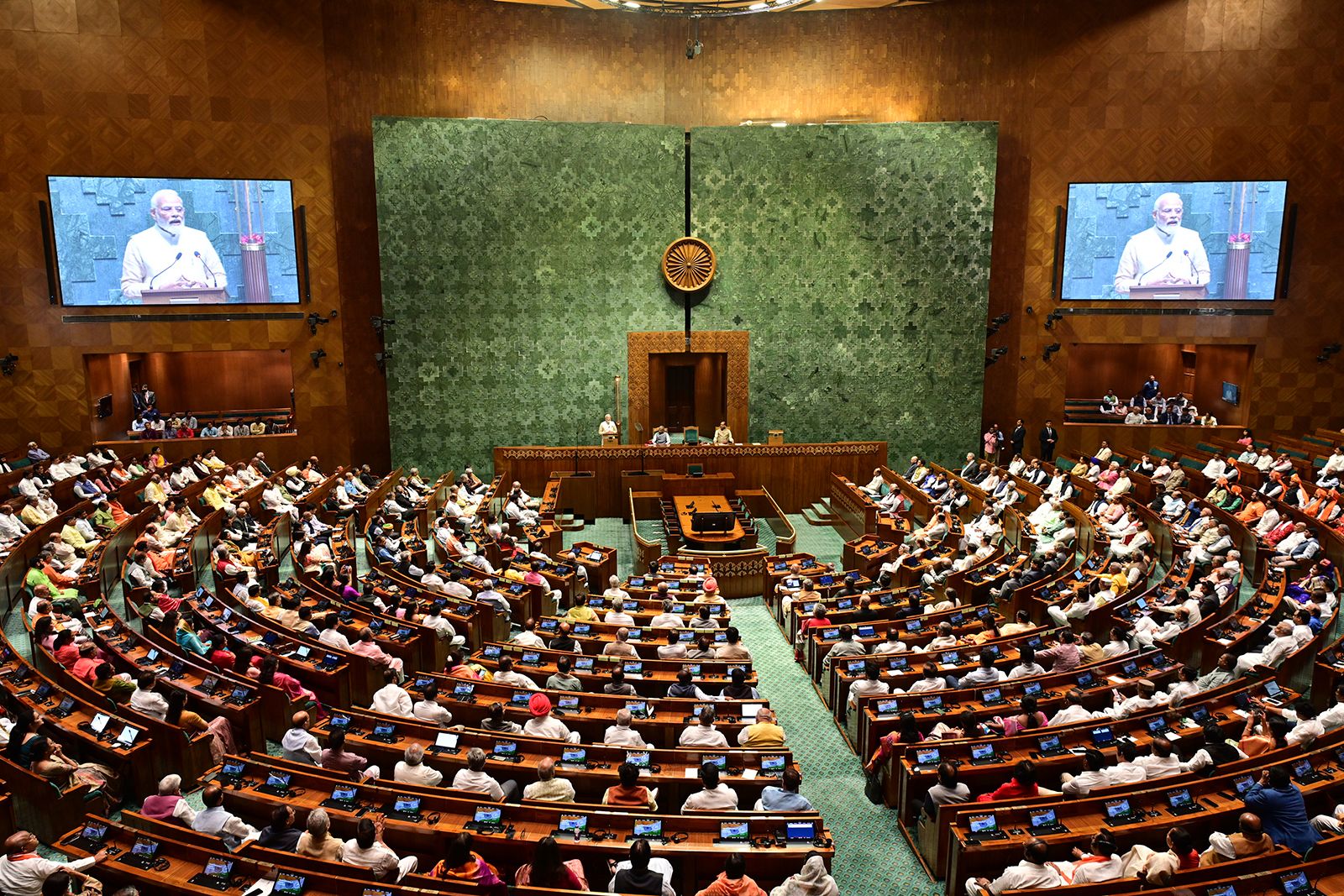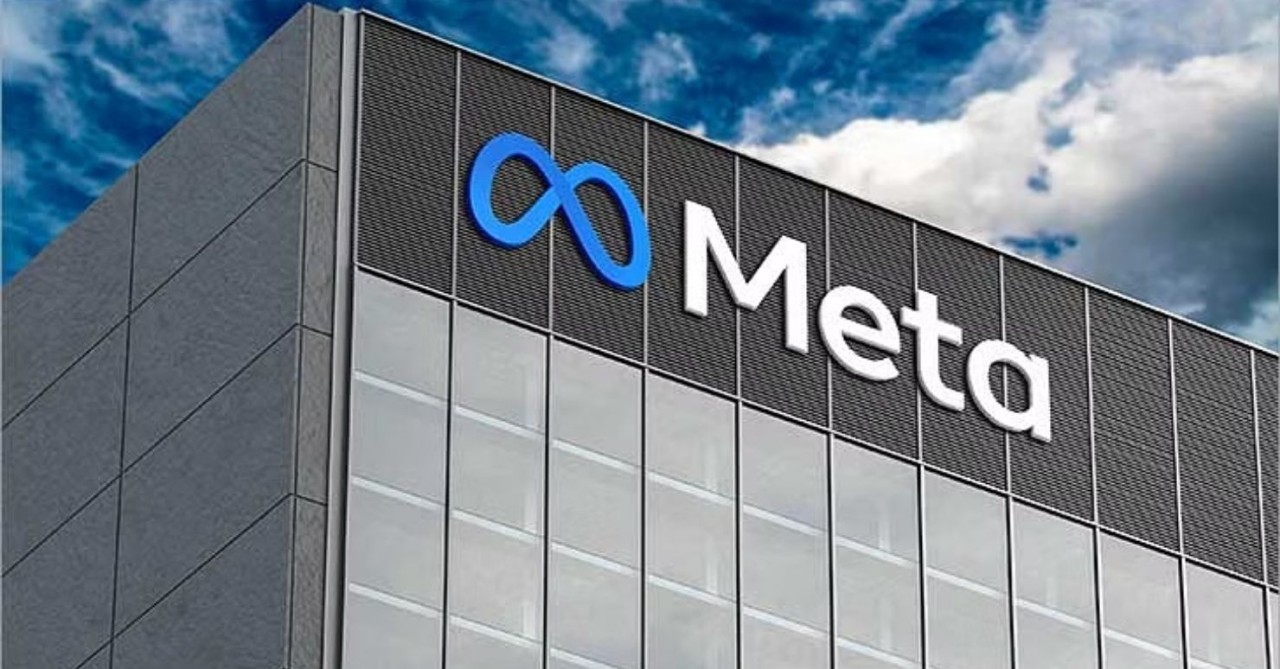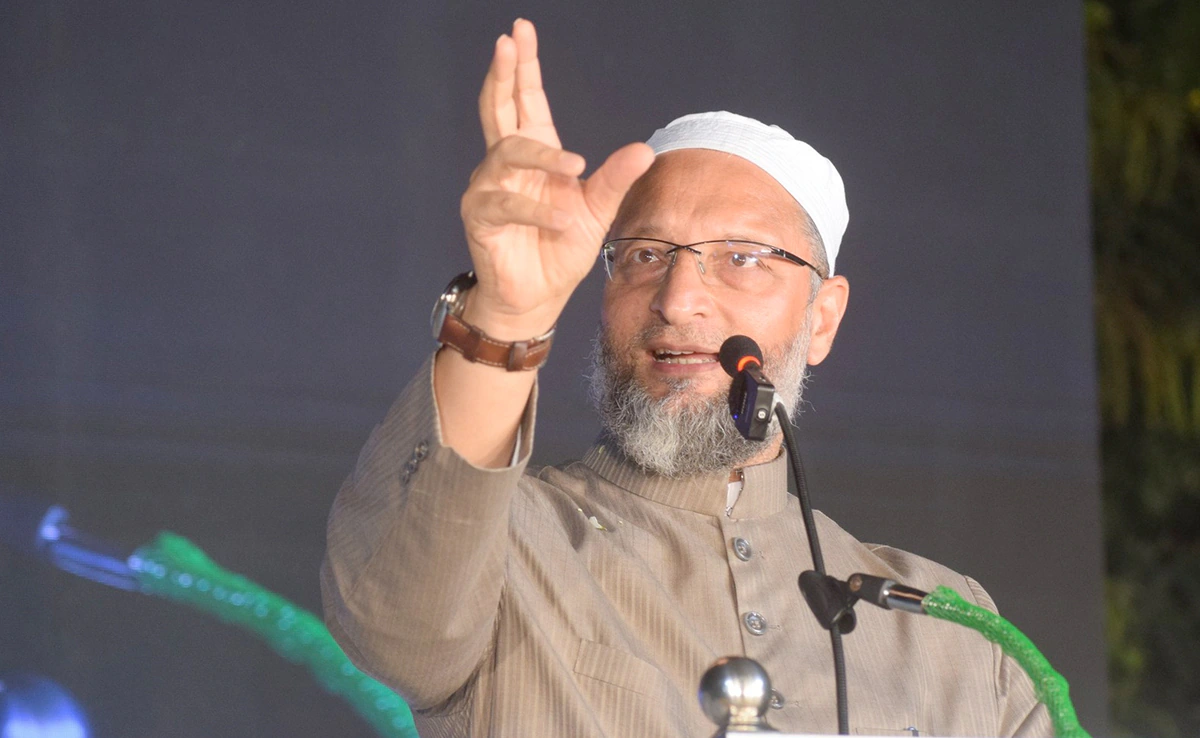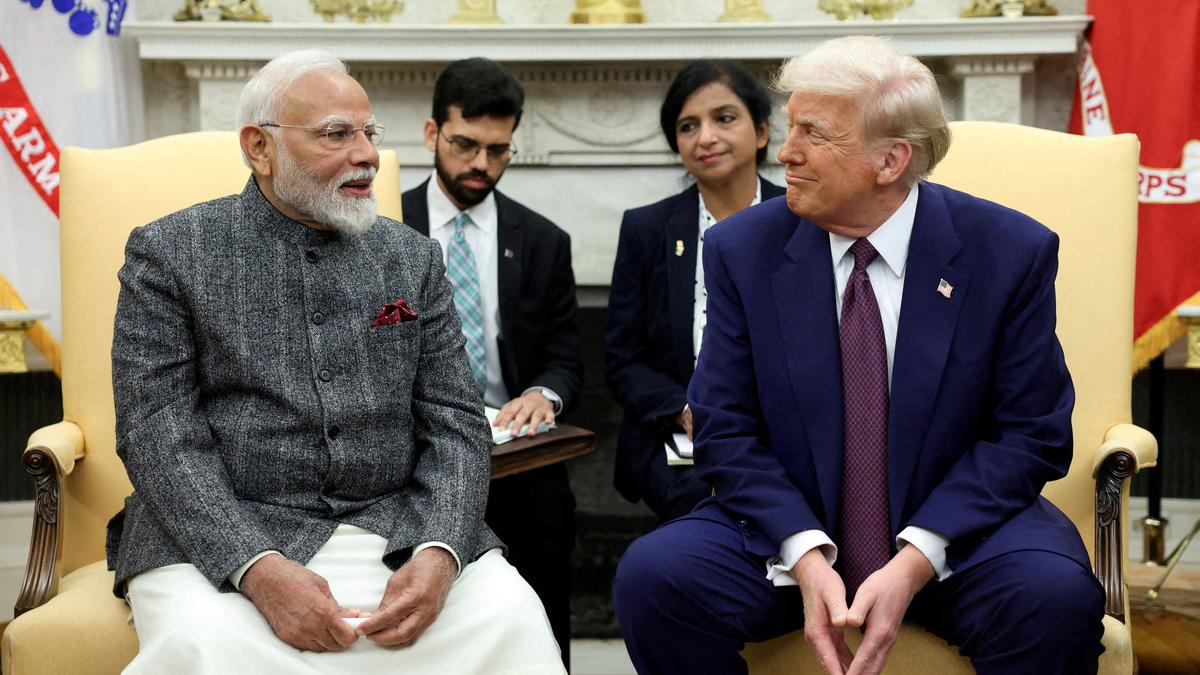How Wastewater Surveillance can help India to counter Pandemics like Covid?
- BySachin Kumar
- 26 Aug, 2025
- 0 Comments
- 2
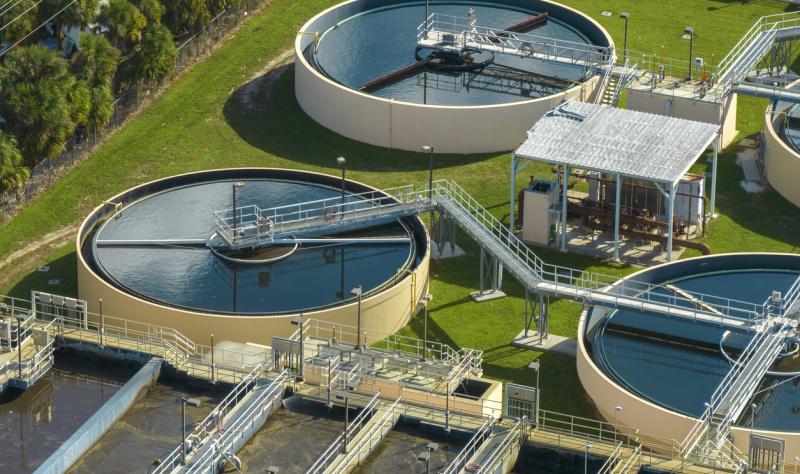
When the COVID-19 pandemic struck, India, like much of the world, struggled to keep pace with rising infections. Testing bottlenecks, asymptomatic cases, and reporting delays meant that outbreaks were often identified only after significant spread. But what if there had been a way to detect viral outbreaks before people even showed up at hospitals?
That is exactly what wastewater surveillance makes possible. Also known as wastewater-based epidemiology (WBE), the method involves analyzing sewage samples for genetic traces of pathogens like SARS-CoV-2, polio, or even antimicrobial-resistant bacteria. Since infected individuals shed viruses in their stool, wastewater becomes a pooled sample of entire communities, providing a cost-effective, non-invasive, and scalable tool for early detection.
Globally, countries such as the United States, the Netherlands, and Australia integrated wastewater surveillance during the pandemic to anticipate infection surges. Data from these programs often revealed spikes days to weeks before clinical testing caught up.
For India, where population density, uneven access to healthcare, and underreporting can mask the true spread of infections, WBE could be revolutionary. Setting up such a surveillance network in urban sewage systems and even in smaller communities could act as a silent sentinel, alerting health authorities to new waves of COVID-19, outbreaks of diseases like cholera, or even future unknown pathogens.
However, challenges remain. India’s fragmented sewage infrastructure, lack of standardized labs, and need for trained personnel could slow implementation. Yet, with the right investments and policy vision, WBE can be integrated into existing disease surveillance programs, making India pandemic-ready.
The lesson from COVID-19 is clear: reactive health systems are not enough. Wastewater surveillance can give India the critical lead time it needs to save lives, allocate resources effectively, and blunt the impact of the next pandemic.
Tags:
Post a comment
Mountains matter : India’s fate is Himalayan!
- 29 Sep, 2025
- 2
Why are Delhi’s low income families paying 15% of their...
- 19 Aug, 2025
- 2
How will NEP 2020 truly redefine Teachers’ role in India?
- 28 Aug, 2025
- 2
Is this rural Ashram India’s blueprint for Elder Care?
- 28 Aug, 2025
- 2
Types of Bills in Parliament explained simply
- 23 Aug, 2025
- 2
Categories
Recent News
Daily Newsletter
Get all the top stories from Blogs to keep track.





